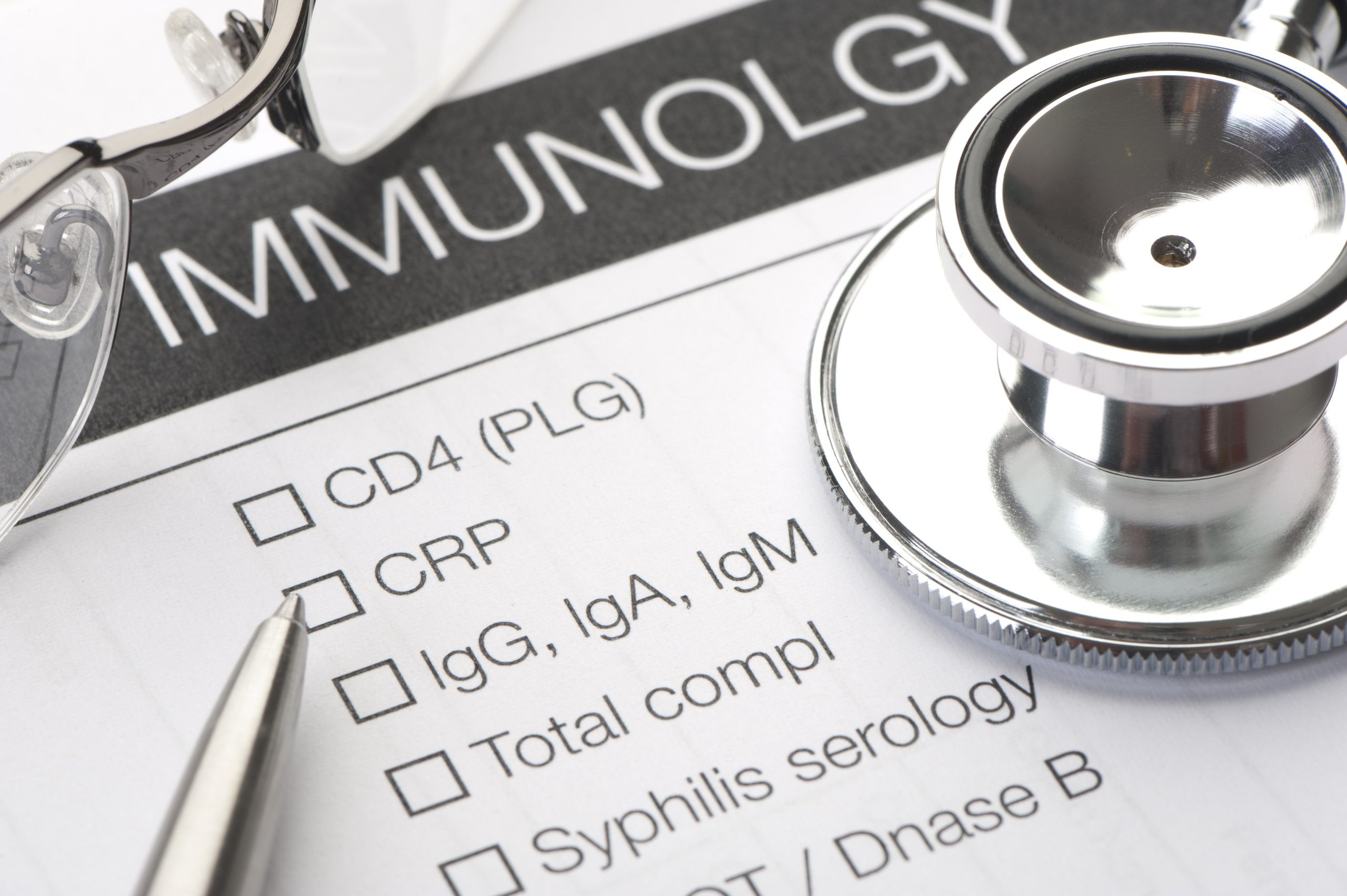September still holds that back-to-school feeling for many of us, no matter how long ago we left the classroom.
For many young people looking forward to freshers’ week or returning to their studies, though, the continuing rise in sexually-transmitted infections (STIs) might be good reason to revise guidance on safer sex and condom use to ensure their studies aren’t interrupted by an unwelcome infection.
In September 2023, the UK Health Security Agency urged students to use condoms and get tested regularly for STIs to help prevent the spread of infections. This is wise advice for everyone, not just students.
STI Rates on the Rise
The most recent data from the European Centre for Disease Prevention and Control shows that syphilis cases rose by 34% from 2021 to 2022, chlamydia cases by 16% and gonorrhoea cases by 48%.
Reflecting broader European trends, Ireland — where my own research on sexual health is based — has also experienced a significant spike in STI cases. Health surveillance data show between 2019 and 2022, cases of chlamydia rose by 20%, gonorrhoea by 45%, and syphilis by 14%.
The incidence of STIs is notably high among young people, particularly those under 30. Women aged 20-24 have the highest notification rate for all STIs at 3088 per 100,000 population. Surveillance reports from 2023 indicate a 133% increase in gonorrhoea cases among women aged 20-24 and a 55% increase among males aged 15-19 since 2022.
Key Populations and STI Risks
Gay, bisexual, and other men who have sex with men (MSM) represent another key affected population in Ireland, accounting for 84% of gonorrhoea and 71% of syphilis infections in 2022.
Data on STI rates among migrants in Ireland are sparse, however, among new HIV diagnoses, the rate of bacterial STI co-infection was 17%, rising to 26% among MSM. Significant proportions of new HIV diagnoses were among people from Latin America (24%) and sub-Saharan Africa (20%).
European wide data from the European MSM Internet Survey (EMIS) — an anonymous online survey for gay, bisexual, and other men who have sex with men — also indicate that migrants face barriers in engaging in safer sexual behaviours.
Obstacles can include inadequate knowledge of sexual and reproductive health, financial constraints, language barriers and experiences of stigma and discrimination. Around one in five refugees experience sexual violence (likely a conservative statistic given low reporting rates of rape and sexual assault), which means that they can be at increased exposure to STIs.
Compared to those born in their country of residence, the EMIS study reported higher rates of condomless sex among refugees, asylum seekers and those who migrated to live openly as gay or bisexual.
The Decline in Condom Use
The decline in condom use is a major factor contributing to the rise in STIs, especially among key populations like young people and MSM. So what’s driving this decline? Unfortunately, we don’t know.
Our sexual health, like our health more broadly, is influenced by a complex interplay of individual, social, and structural factors. This perspective is known as the socio-ecological approach, which takes into account the social, political and policy factors that shape individual behaviour.
Understanding the Social Context of STI Rise
The impact on sexual health of recent significant shifts in the social, cultural and technological landscape are starting to come into focus, yet remain under-investigated.
For example, the proliferation of smartphone technology has meant an increase in the use of online dating apps and the ready availability of pornography. There is evidence that increased pornography use is associated with higher likelihoods of engaging in condomless sex, while dating app users report higher rates of gonorrhoea and chlamydia.
The availability of pre-exposure prophylaxis (PrEP) has been crucial in reducing HIV rates among MSM and is an essential preventative tool. However, PrEP use is also associated with higher rates of STI diagnoses. Recreational drug use is another factor: MSM in Ireland diagnosed with an STI are 53% more likely to engage in drug use.
Housing instability has been linked to less safe sexual behaviours, meanwhile youth homelessness is increasing in Europe. For example, the number of young homeless people in Ireland increased by 57% between 2017-2022.
Inward migration to Ireland increased by 31% in 2023 and this may play a role. Barriers to accessing sexual health services for migrants are well documented. Concerns about access to condoms has been raised by national migrant rights organisation, Nasc.
Addressing the Challenges
Development of interventions is key. Addressing socio-cultural and economic determinants of sexual health is also vital. It will require careful planning and investment from governments to improve education, access to housing, and living conditions more broadly, especially for marginalised populations.
An environment that supports rather than hinders people to mind their health is essential to reduce the current uptick in STIs. Enhancing access to services is crucial.
The recent introduction of SH:24, a free at-home testing service, has improved access to testing in Ireland. Peer-led community testing programmes have proved successful in Dublin, but are lacking outside the capital.
We all have a right to a safe, healthy, and pleasurable sex life. By ensuring availability of and universal access to culturally appropriate services, education and information, and by implementing legal and policy frameworks that promote dignity, equality and non-discrimination, we can improve sexual health and stem the tide of STIs in Europe.


















